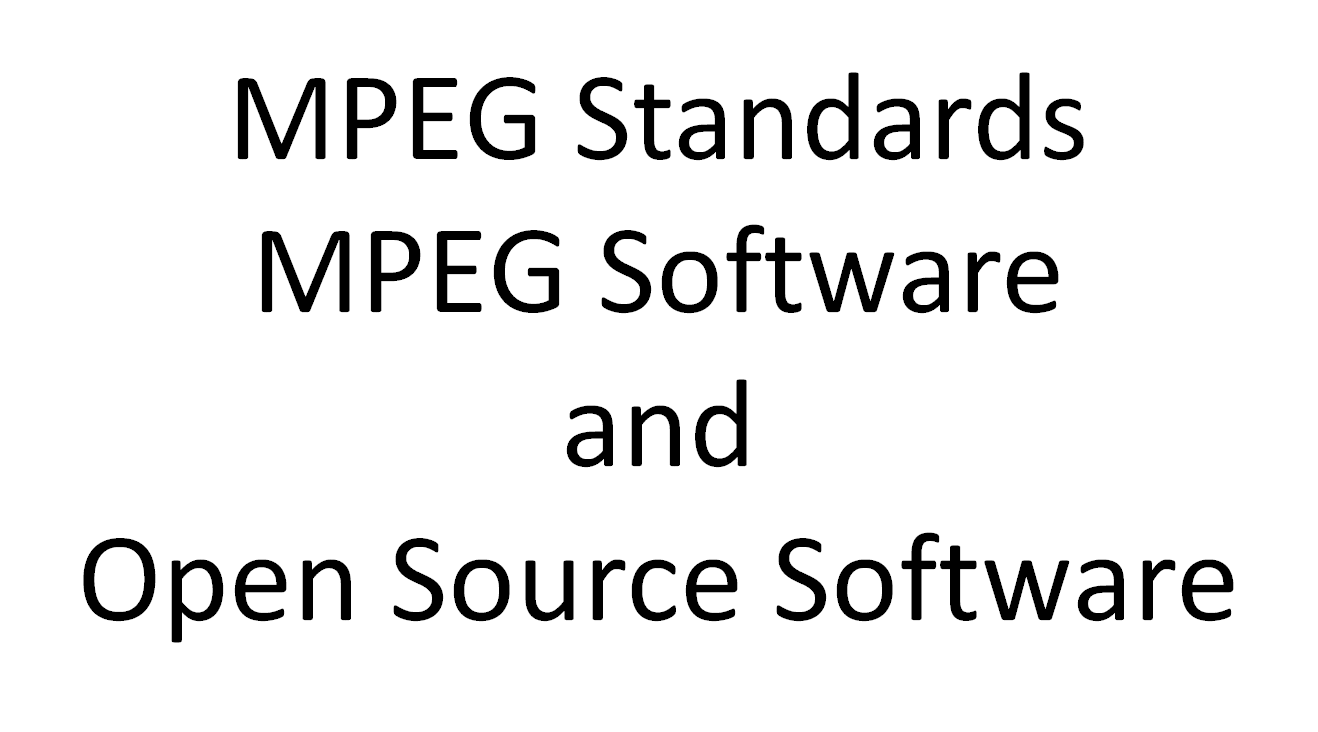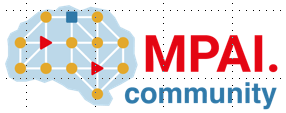MPEG standards, MPEG software and Open Source Software
Introduction The MPEG trajectory is not the trajectory of an Information Technology (IT) group. Today software plays a key role in MPEG standard development. However, MPEG it is not an IT group. For MPEG, software is a tool to achieve the goal of producing excellent standards. But software remains a tool. Clearly, because MPEG assembles so many industries, with so many different agendas. There are MPEG members for which software is more than a tool. In this article I will…



















